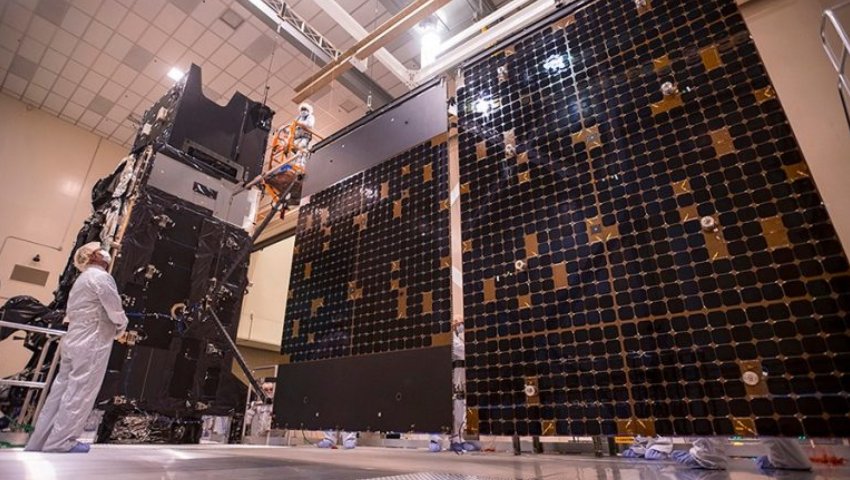The prime has hit a new project milestone in its work to support a US Space Force program aimed at bolstering the nation’s missile defence system.
Northrop Grumman and Ball Aerospace have completed the Critical Design Review (CDR) for the Next-Generation Overhead Persistent Infrared (Next-Gen OPIR) Geosynchronous (GEO) mission payload.
The work aims to support aggressive US Space Force and Lockheed Martin program objectives to ensure national security posture is equipped to manage emerging global threats by enhancing the missile warning system.
The Northrop Grumman and Ball Aerospace team will now manufacture, integrate and test the flight mission payload, scheduled for delivery to Lockheed Martin in 2023.
“The Northrop Grumman and Ball Aerospace team brings deep mission expertise in missile warning and tracking to this program,” Scott Lee, vice president and general manager, payload and ground systems at Northrop Grumman, said.
“Together, we’re delivering another generation of unblinking eyes in space as part of our nation’s strategic deterrence.”
Northrop Grumman and Ball Aerospace are one of two teams selected by Lockheed Martin to develop a competitive payload design for the program, with Lockheed to design and built the satellites.
“Decades of mission experience with modern agile infrared sensor development are the hallmarks of the Northrop Grumman and Ball Aerospace team,” Deirdre Walsh, vice president, strategic operations at Ball Aerospace, said.
“This collaborative effort has enabled us to successfully execute the critical design review of the Next-Gen OPIR GEO Block 0 mission payload – a mission critical to our nation’s security.”
Northrop Grumman has also been selected by the Space Force to design and develop two polar-orbiting Next-Gen OPIR space vehicles.
[Related: Northrop Grumman trials new practice for developing F-16 radars]








